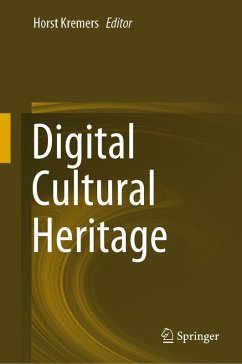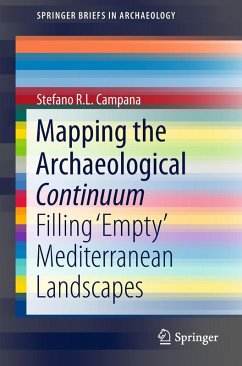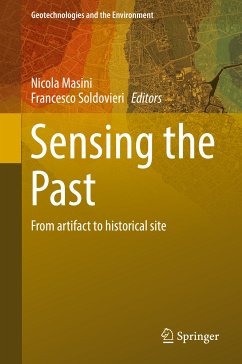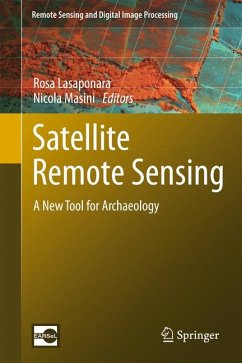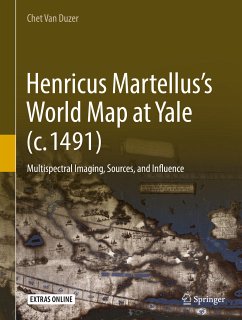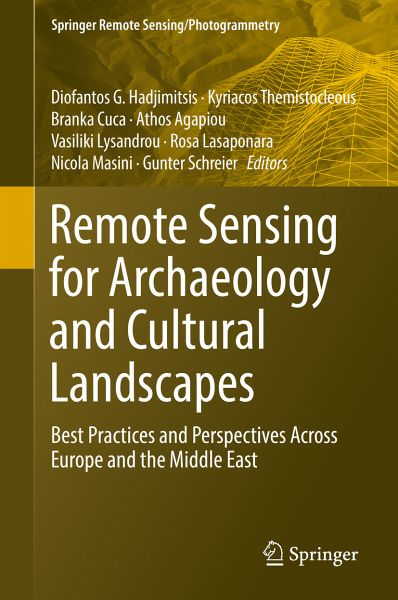
Remote Sensing for Archaeology and Cultural Landscapes (eBook, PDF)
Best Practices and Perspectives Across Europe and the Middle East
Redaktion: Hadjimitsis, Diofantos G.; Schreier, Gunter; Masini, Nicola; Lasaponara, Rosa; Lysandrou, Vasiliki; Agapiou, Athos; Cuca, Branka; Themistocleous, Kyriacos
Versandkostenfrei!
Sofort per Download lieferbar
128,95 €
inkl. MwSt.
Weitere Ausgaben:

PAYBACK Punkte
64 °P sammeln!
Sheds new light on how remote sensing can be used for the protection of cultural heritage
Presents case studies describing cutting-edge applications used for protection of heritage sites in the Middle East and Europe
Focuses on advancements of technologies and improvements of algorithms that can provide new answers for problem solving regarding heritage detection, geometric documentation and protection
Dieser Download kann aus rechtlichen Gründen nur mit Rechnungsadresse in A, B, BG, CY, CZ, D, DK, EW, E, FIN, F, GR, HR, H, IRL, I, LT, L, LR, M, NL, PL, P, R, S, SLO, SK ausgeliefert werden.



